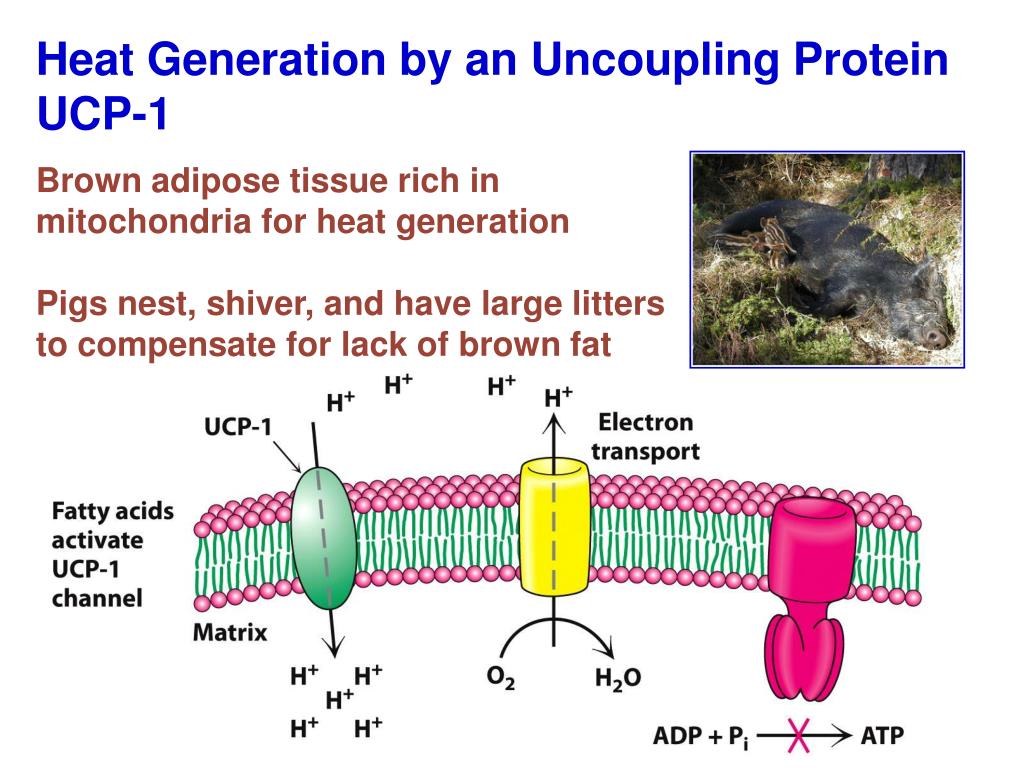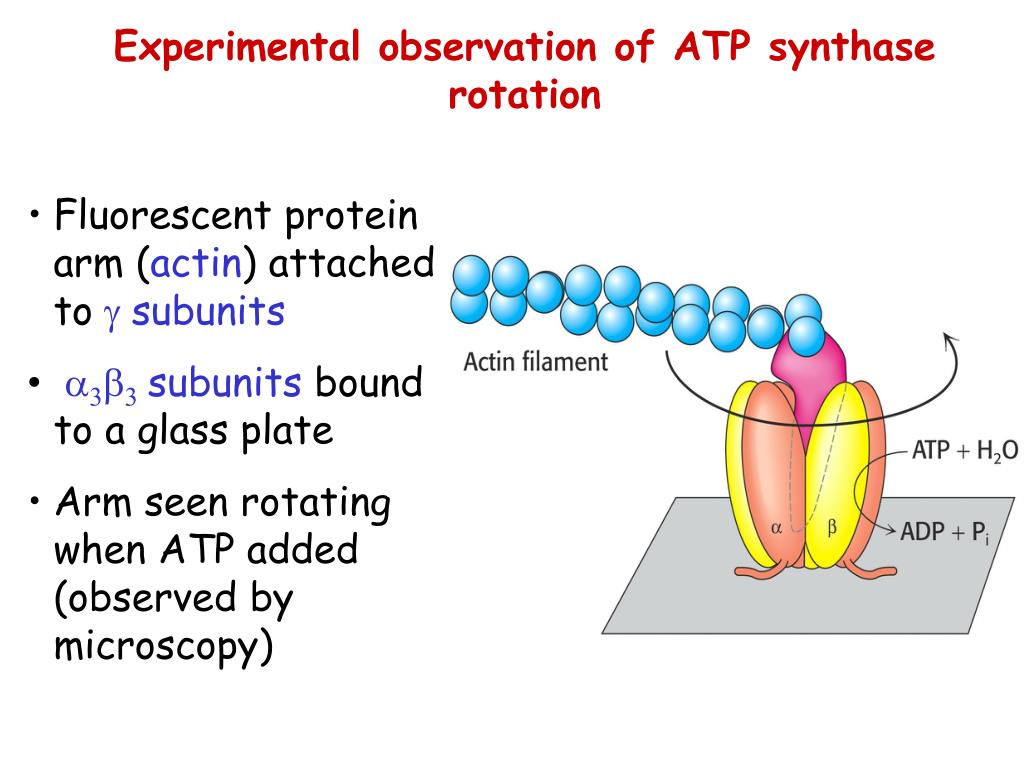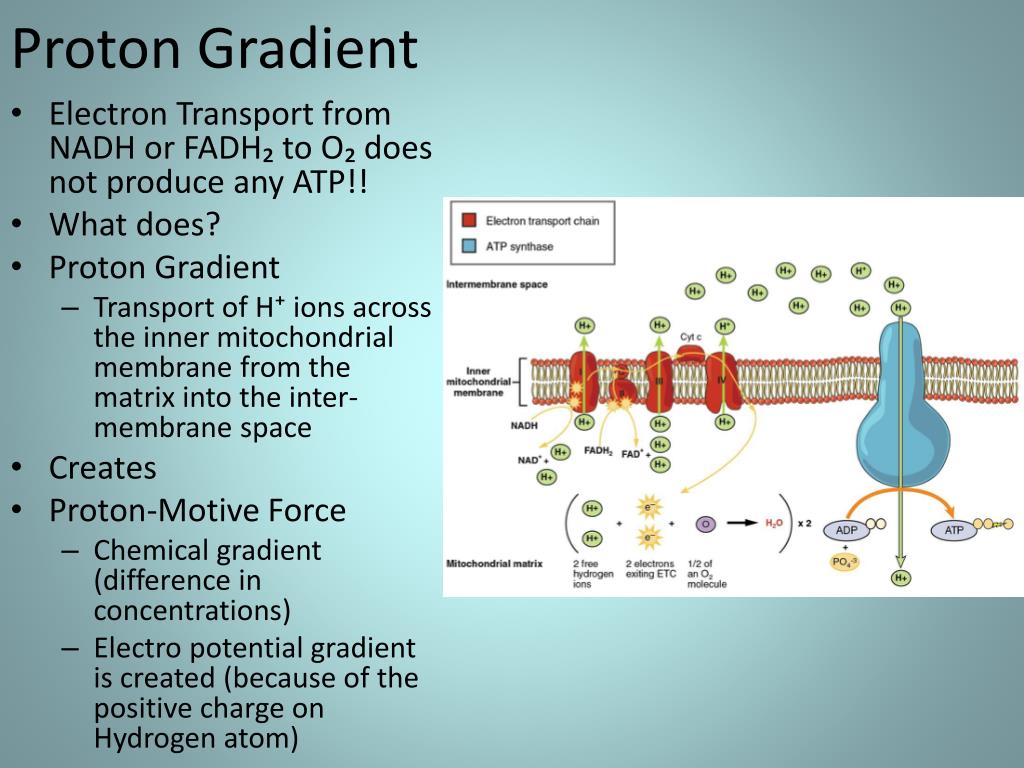

The F0 rotor spins when protons flow through the ATP synthase, facilitating the conversion of ADP and Pi to ATP. The energy from the transfer of electrons along the chain transports protons across the. Ultimately, chemiosmosis or ATP synthesis occurs at complex V or ATP synthase via an endergonic reaction induced by the electrochemical gradient, resulting in the movement of protons through the ATP synthase (complex V) into the mitochondrial matrix, and transferring an inorganic phosphate to ADP. (membrane potential: more negative on the inside) ATP Synthase Complex: (a) F 1 (ATPase) is the sperical protein extending into the matrix. The proton gradient also creates a charge difference across the inner mitochon. NADH and FADH 2 carry protons (H +) and electrons (e -) to the electron transport chain located in the membrane. The resulting proton gradient is used to drive ATP synthesis: 2 H + per ATP produced. In ATP synthase, the "motor" is the F 0 subunit, whereas the "turbine" is the F 1 subunit, which uses a proton gradient to power ATP production. The hydrogen ions (protons) move across the biological membrane via the ATP synthase (a transport protein) when a proton gradient forms on the other side of the. 1: ATP Production during Aerobic Respiration by Oxidative Phosphorylation involving an Electron Transport System and Chemiosmosis. The proton gradient created by proton pumping during the electron transport chain is a confined energy source.

The electrochemical proton gradient is a change in hydrogen ion concentration through a membrane that results in a concentration gradient with a slope and an electrical potential gradient. The proton gradient might be used to store energy for heat generation and flagella spinning. The oxidative phosphorylation process uses this potential energy to produce ATP.

During photosynthesis and cellular respiration, the proton gradient is frequently employed to produce a chemiosmosis potential or proton motive force.


 0 kommentar(er)
0 kommentar(er)
